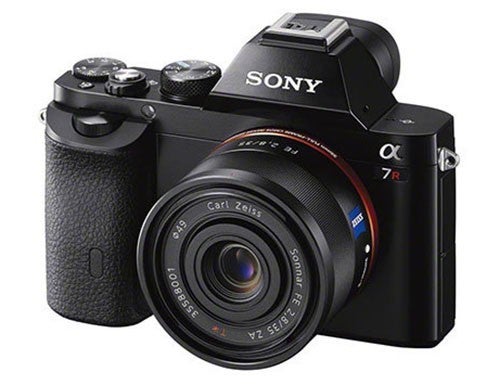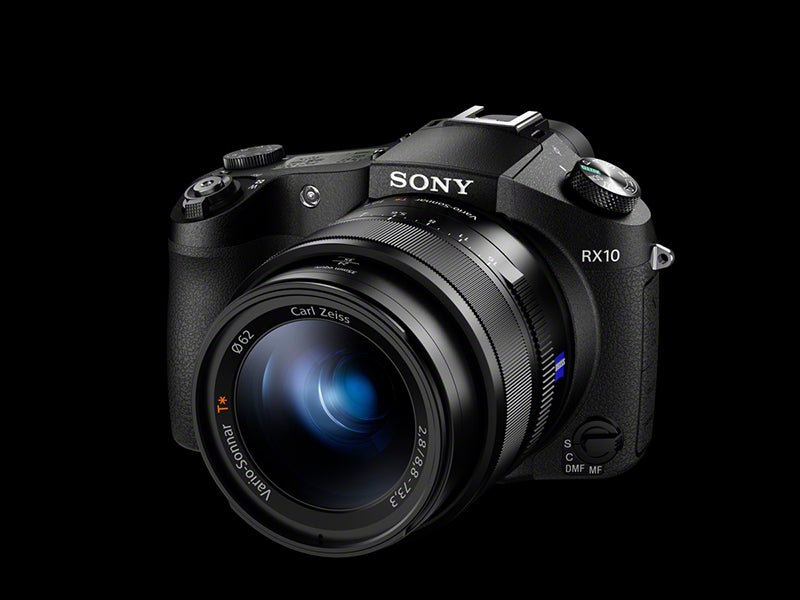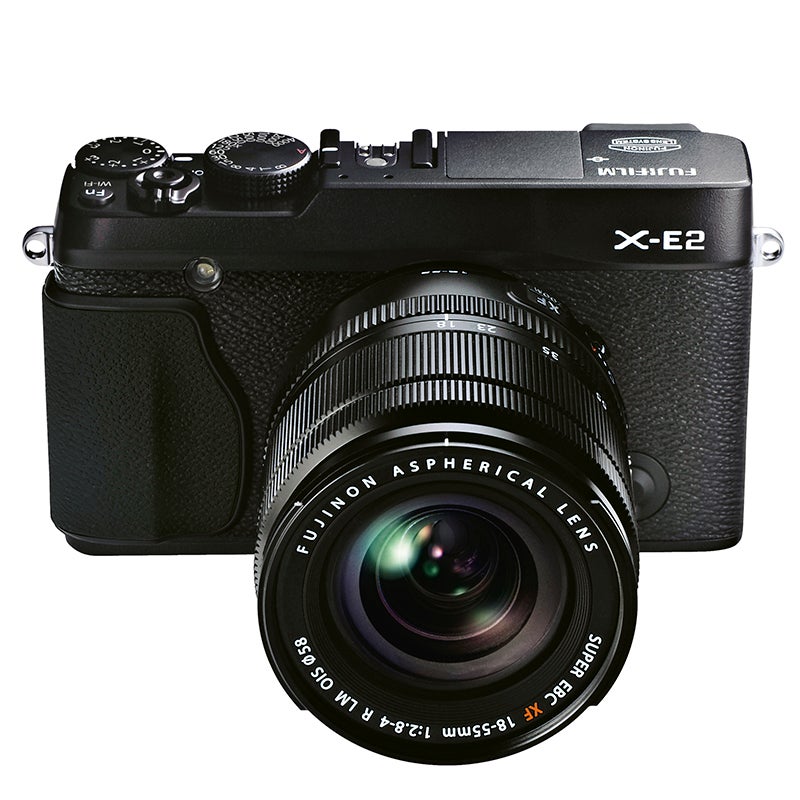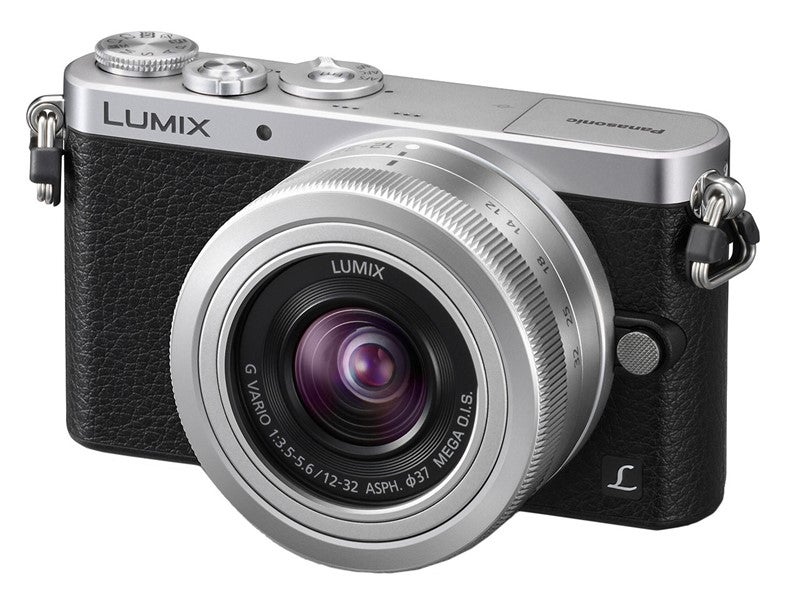It's been a big week for new cameras, with products announced by Sony, Nikon, Panasonic and Fujifilm. Here's what you need to know at a glance
Sony Alpha 7

The big news from Sony was what they’ve done with the Alpha series. The a7 and its stablemate the a7R (see below) both pack full-frame sensors into compact bodies. In the a7’s case it’s a 35mm full-frame 24.3MP CMOS sensor into a compact body weighing 416g. The anti-aliasing filter is gone, allowing the camera to use the sensor to its full resolution capacity. A new Bionz X processor offers three times the speed of the previous Bionz engine, and new Fast Hybrid AF combines both phase detection and contrast detection. You’ve got a pin-sharp electronic viewfinder as well as a tiltable 3-inch LCD screen for composing images. Built-in Wi-Fi and full HD video round out the package. December 2013, £1300.
Sony Alpha 7R

The a7R shares a lot of features with its sister camera the a7 – the Bionz X processor, the viewfinder and the LCD screen, to name a few. The key difference is the whopping 36.4MP full-frame Exmor CMOS sensor that’s been slotted into the body. The sensor is built with ‘gapless’ on-chip design, which eliminates gaps between pixels for superior light collection efficiency. Sony are touting it as the world’s smallest and lightest interchangeable lens camera, weighing just 407g without battery. It shares with the a7 a new range of full-frame E-mount lenses designed by Sony and Carl Zeiss, more of which are to be unveiled in coming years. These new Alpha cameras also signify Sony’s commitment to Alpha as its flagship brand – the NEX series has officially been consigned to dust. December 2013, £1700.
Sony Cyber-Shot RX10

Though it features the same 20.2MP Exmor R CMOS sensor as the RX100 II, this is a very different beast to the others in the range. It’s a fixed-lens bridge-style camera, and the fixed lens is the talking point here. Carl Zeiss have endowed the RX10 with a Vario-Sonnar T* 24-200mm zoom lens with a constant aperture of f/2.8. This lens makes the RX10 a very credible attempt at an ‘all-in-one’ constant companion camera – you’ve got not only the focal range, but also Optical SteadyShot and a minimum focal distance of 3cm. It’s backed up by the new Bionz X processor and the electronic viewfinder and LCD screen we saw on the new Alpha cameras. November 2013, £1000.
Nikon D5300

Nikon’s successor to the D5200 makes a number of firsts for Nikon DSLRs. It’s the first of Nikon’s DSLR range to include built-in Wi-fi, rather than requiring the use of a mobile adapter (to be fair, at this point it would have looked rather unfashionable without it). It’s also the first Nikon DSLR to use the EXPEED 4 image processor, which gives it an expandable ISO range up to 25,600 and improves the AWB. It retains the 39-point MultiCAM 4800DX AF that was popular in the D5200. It’s got a newly developed 24.2MP APS-C CMOS sensor and, in another trendy move, goes without an anti-aliasing filter in favour of sharpness. November 2013, £729 body-only.
Fujifilm X-E2

Fujifilm claims to have listened to user feedback from the X-E1 and made over 60 improvements and refinements to the new X-E2. We’re promised double the processing speed of the X-E1 thanks to the 16.3MP APS-C X-Trans CMOS II sensor from the X100S, featuring the X-Trans pixel array, and the EXR Processor II. Fujifilm say the contrast-detect AF will provide an AF acquisition time of 0.08 secs. The viewfinder refresh rate has been upped to 50fps, there’s built-in Wi-fi and a new 3in display. November 2013, £799 body-only.
Fujifilm XQ1

A premium compact camera, the XQ1 borrows the 2/3in XTrans CMOS II sensor and EXR Processor II from the X20. It sports a collapsible manual 25-100mm zoom lens with an electronic mechanism and maximum aperture of f/1.8 at the wide end. It’s also got a Lens Modulation Optimiser to ensure image clarity right to the edges. The XQ1 is also capable of converting Raw files to Jpeg in-camera, and features a host of film simulation and filter options. November 2013, £349.
Panasonic Lumix DMC-GM1

The new Lumix DMC-GM1 from Panasonic is a Micro Four Thirds CSC, and ‘micro’ is the optimal word.With dimensions of 99 x 55 x 30mm, it’s a tiny camera, and yet finds room for the 16MP sensor and Venus processing engine from the GX7, as well as built-in Wi-fi. The GM1 comes as a kit with a newly developed 12-32mm f/3.5-5.6 Lumix G Vario lens that flattens to the size of a pancake lens when not in use. November 2013, £629.





